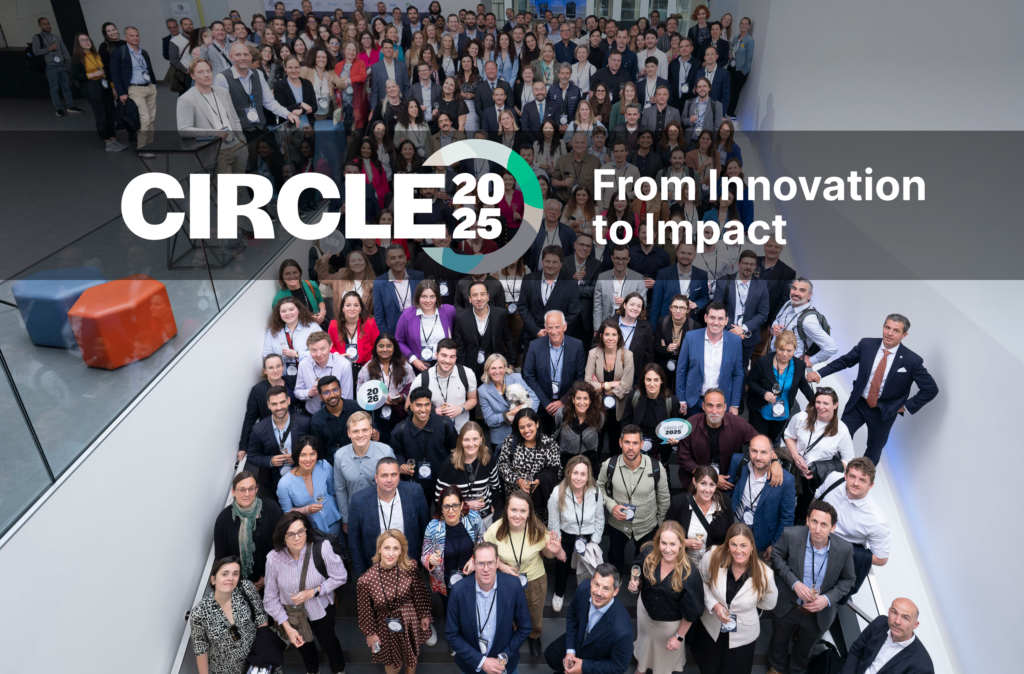
In May 2025, Prague became the heartbeat of green building innovation as the GBCI Europe Circle brought together hundreds of sustainability professionals. The event took place just weeks after the official launch of LEED v5, marking a major milestone in the evolution of green building standards. By the time of the conference, 10 projects had already registered under the new system, signaling strong early interest and confidence from the market. Under the theme “From Innovation to Impact,” the event marked a turning point for what sustainable development means in a world shaped by climate urgency, regulatory reform, and rising stakeholder expectations.
A New Era Begins: LEED v5 Officially Launched
LEED v5 represents a major evolution in green building certification, shifting from a traditional focus on energy efficiency to a comprehensive performance framework built around decarbonization, quality of life, and ecological resilience. The new version introduces significant updates to prerequisites and credit structures, offering more flexible performance pathways while aligning closely with emerging policy requirements and market expectations.
Compared to LEED v4, LEED v5 places a stronger emphasis on carbon as the primary performance metric, incorporates broader considerations of human and ecological health, and supports integration with global sustainability frameworks. It reflects a fundamental shift in how buildings are evaluated, moving from compliance-based assessments to measurable, outcome-driven performance that supports both climate goals and long-term asset value.
Developed with input from thousands of professionals worldwide, LEED v5 represents not only the next step in certification, but a broader shift in industry responsibility. This shift also reflects LEED v5’s growing relevance in the policy landscape. LEED certification is increasingly seen as a strategic tool to support documentation and compliance with the EU Taxonomy for sustainable finance. This connection was explored in depth during the session “LEED v5 Meets the EU Taxonomy,” which demonstrated how the new rating system is being strategically aligned with taxonomy criteria, ensuring that certified buildings correspond with the EU’s evolving definitions of sustainability.
Another major announcement revealed that LEED will now follow a structured five-year development cycle, with future versions to be launched regularly. This ensures the system remains agile, relevant, and continuously aligned with the evolving landscape of climate science, regulation, and technology. As was made clear throughout the event, there is no longer any sector within real estate that is exempt from the call to sustainability.
PERFORM: The New Backbone of Data-Driven Sustainability
Another highlight of the event was the introduction of Arc PERFORM, program designed to unify the capabilities of LEED tools. PERFORM offers a centralized, intuitive environment for both project teams and portfolio managers to collect data, manage documentation, and track performance across GBCI programs.
Accessible via the Arc dashboard, PERFORM supports a wide array of portfolio-level metrics, including emissions, energy, water, waste, health, resilience, biodiversity, and social impact. Users can set custom targets and obtain third-party verification from GBCI to demonstrate real progress.
Bridging the Carbon Gap for Net-Zero Buildings
One of the key themes discussed during the event was the growing gap between sustainability ambition and measurable outcomes, particularly in the context of carbon. Reflecting the direction set by LEED v5, European policy frameworks, and the Paris Agreement, the discussions pointed to a growing consensus that carbon should now serve as the foundation of performance measurement in the built environment. A shared, transparent metric such as kg CO₂e per m² per year is increasingly seen as essential for aligning teams, guiding decisions, and ensuring accountability across the building lifecycle.
The conversation also highlighted the critical role of digital tools, including real-time dashboards, simulations, and digital twins, in tracking and verifying carbon performance from design to operation. This perspective strongly aligns with the direction and solutions we continue to support, advocating for integrated, data-driven approaches that enable tangible climate action and close the carbon gap across projects and portfolios.
By reinforcing LEED v5’s expanded scope and including operational carbon projections, embodied carbon, refrigerants, and Scope 3 emissions, the conversation mirrored the system’s evolution from a checklist into a climate action framework.
Conclusion: From Vision to Verified Impact
GBCI Europe Circle 2025 was more than a launch event; it was a collective call to redefine the purpose and potential of green building. With LEED v5, a clear alignment with regulatory frameworks like the EU Taxonomy, and the launch of Arc PERFORM, the event marked a pivotal step forward in bridging the gap between innovation and verified impact.
Across discussions, tools, and site visits, one message was clear: sustainability in the built environment is no longer optional, it is essential, strategic, and actionable. And with the roadmap now in place, the next chapter is ready to be written by those who choose to lead it.

